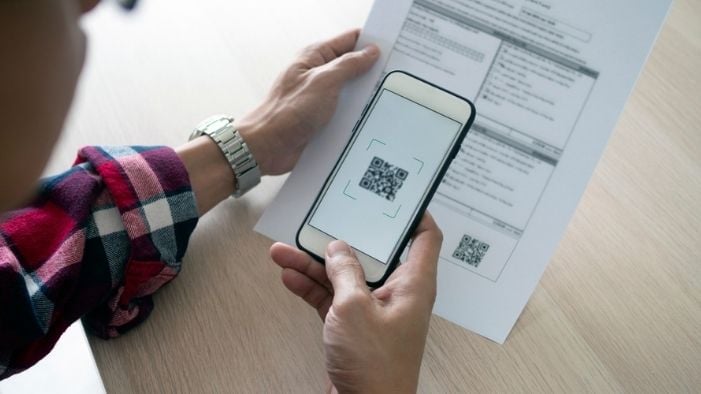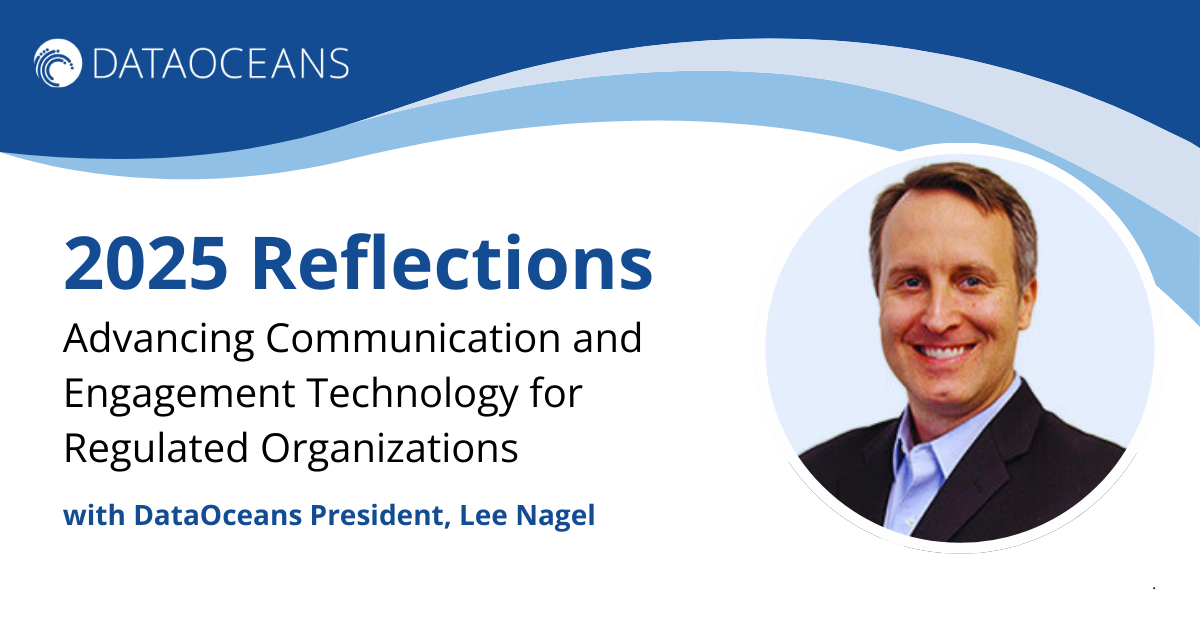For many years, it was commonly assumed by marketers that QR codes were a waste of time. People didn’t use them, and for good reason. Up until 2017, consumers had to download a QR code reader app to their smartphone in order to scan them. Also, the codes were graphically unattractive; in fact, they tended to clutter up whatever they were printed on. No one could argue that adding a QR code to a design improved it. Even worse, a QR code was like a cypher – you couldn’t really be sure where you might land once you scanned it.
QR codes have been printed on consumer goods for years – and mostly ignored – but now customers are getting used to them and beginning to find them essential. Today, in the contact-free reality of Covid, they are used extensively in restaurants, museums, airports and more.
If you are not currently printing QR codes on your printed statements, you may be missing an opportunity to drive your customers to digital delivery, or to showcase other offerings. Even if you’ve used them in the past with little success, now may be a good time to try them again. A QR code is a digital doorway to your company. Adding one to your statements, with a clear indication of where it leads, can improve customer engagement.
QR codes have been around for over 25 years. A variation of the standard bar code, they were invented by Masahiro Hara of the Japanese bar code reader company Denso Wave. The “QR” stands for “quick response.” That’s because the unique design, which includes three squares in the corners to help orient the code, scans faster than traditional bar codes. The design also allows the code to hold more data (7000 characters instead of the standard barcode’s 20.) These enhancements were critical to the Japanese automotive manufacturing industry that employed scanning technology on fast-moving production lines. Anyone who’s struggled ringing up items in a self-checkout line will understand the value of a better design.
But something happened to change this logistics technology into a digital doorway. Partially that was because Denso Wave, while retaining the patent on the technology, allowed it to be used in the public domain. This was in keeping with the inventor’s wishes. Hara speculated, “I don’t dare specify what kind of people will use it. I just want to let a lot of people use the code, come up with new ways of using it with them, and put these ideas into practice. This is the way, I’d like to think, that evolutionary improvements have been made to the QR Code.” By the early 2000’s, the codes were ubiquitous in Japan, and adopted by the ISO as an international standard.
The growing use of QR codes is a result of Covid, but also of some other trends. We may have reached critical consumer awareness of how they operate, after years of appearing on consumer goods and store displays. Another reason: our phones are now ever-present. This article in Entrepreneur uses the apt phrase “habitually relevant” to describe how they are at hand at all times. So a customer at home, writing out a check for payment, is primed to scan one printed on a statement.
While younger consumers are used to QR codes because of apps that use them, like Snapchat, this is also true for older consumers (who are more likely to rely on paper statements.) An article published this year points out that while “there’s a common stereotype that Baby Boomers are technologically handicapped and close-minded,” the reality is that “…the likelihood that Baby Boomers own and use a smartphone has increased 2.5x over the past 8 years.”
A QR Code Future
This article describes the future of the QR code as a portal to a fully digitalized world. “The reality is that our lives are increasingly experienced and mediated through the lens of a camera…. When viewed through a camera, QR codes make everything purchasable — instantly — collapsing the space between impulse and action.”
Or, to put it more pragmatically, the QR code can be a door to an onboarding experience for your customers. A quick inventory of my (way too many) printed statements shows that only about a quarter of them include a QR code. They all should have one. A QR code on your statements can encourage customers to:
- Sign up for eDelivery
- Download your company app
- See new product offers and services
- Watch a product video
In all, they can help you drive engagement. And the best part is that a UTM code can be embedded in the QR code that allows you to track its usage. It’s important to remember, however, that a QR code is not a panacea or substitute for customer experience. You likely only get one chance to convert a customer to paperless. As the old adage goes, you can lead a horse to water, but you can’t make it drink. The same is true of customers – while a QR code may lead them to your digital watering hole, the experience they receive when they scan the code needs to be seamless and simple.
The DataOceans’ Oceanus CCM solution helps companies like yours improve engagement and save costs by moving customers off of printed statements. Read our case study on a client which attained a 60% increase in statement eDelivery.



.png)
.png)